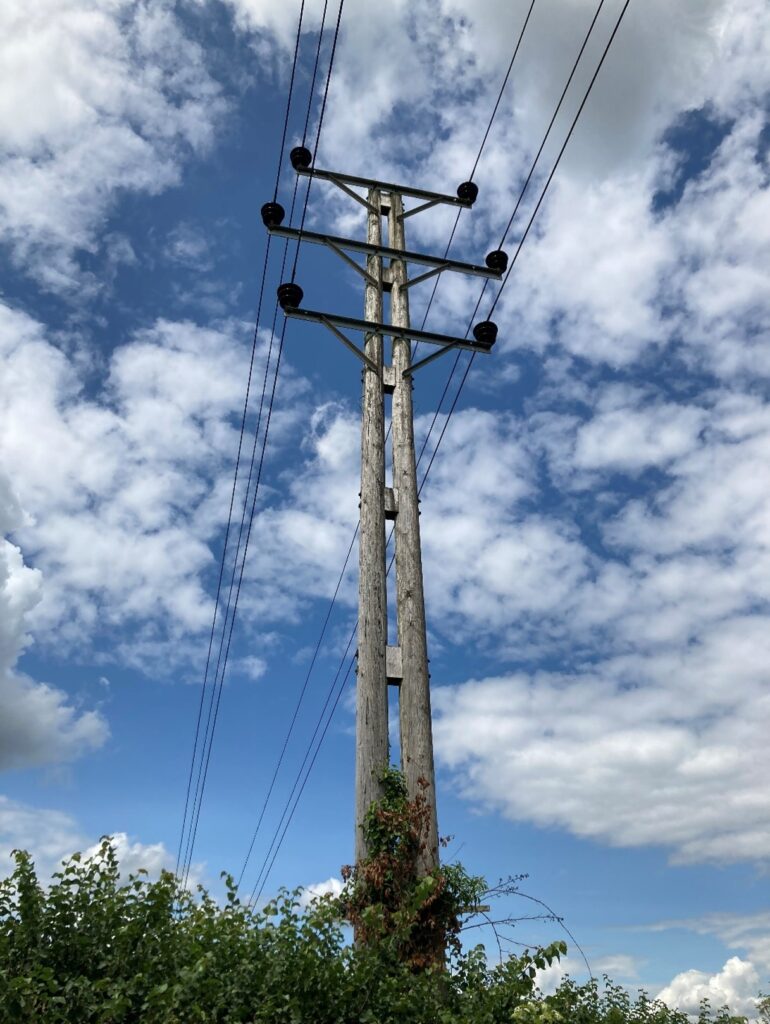
A wayleave is a legal agreement. It grants a service provider (usually electricity or telecommunications) the right to install and maintain infrastructure (overhead electricity lines, underground cables, and fibreoptic cables) on or within private land.
Existing infrastructure covered by a legal agreement can ring alarm bells from a developer’s viewpoint, because at first glance, it might seem like one obstacle too many. However, if you are armed with the necessary information, and that legal document happens to be a wayleave, this may present a good opportunity to increase the value of your site.
Unlike permanent property rights, a wayleave is typically a temporary and revocable arrangement, set up on the basis of annual payments being made to the landowner. If the land changes hands, the agreement, which was tied to the previous landowner, not the land, should fall away. Wayleaves therefore constitute a personal agreement between the landowner and the service provider, and can be terminated or re-negotiated.
Why make a wayleave agreement in the first place?
Wayleaves facilitate the development and maintenance of national infrastructure. They allow service providers to:
- Lay underground cables;
- Install overhead lines, poles and pylons (towers);
- Access the land for maintenance or upgrades;
- Pay the landowner, in return for using the land.
How BTS can help with wayleaves
If the land is put forward for development, notice can be served to terminate the existing wayleaves (the act of doing so will also flush out any agreements that aren’t immediately apparent). If a wayleave is still active it will usually be subject to three or six months’ notice, and therefore the original notice (a Notice to Terminate) can be followed up by a Notice to Remove. Taking either step will generally prompt the service provider to enter into negotiations. The end result will then be:
- Compensation, payable by the service provider, in return for the line remaining in place.
- Compensation, payable by the service provider, as a contribution towards having the apparatus undergrounded/diverted/removed.
- Agreement from the service provider that it will remove the apparatus at its own cost – this can happen if the value of the compensation would actually outweigh the cost were the power company to carry out the works.
In order to reach any of the above solutions, BTS can:
- Negotiate wayleave and easement agreements;
- Assess the viability of infrastructure projects prior to beginning the notice process;
- Manage the compensation claim and any land access issues.
The end result will either be an enhancement of the land’s value (by releasing development land that would previously have been sterilised by the apparatus), or receiving compensation to off-set the loss.
Remember, if existing power infrastructure on your site is proving to be a turn-off, talk to BTS about the possibility of turning it to your advantage. You’ll never know until you ask.











